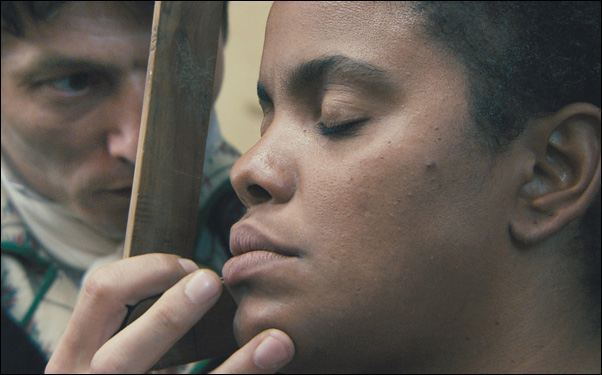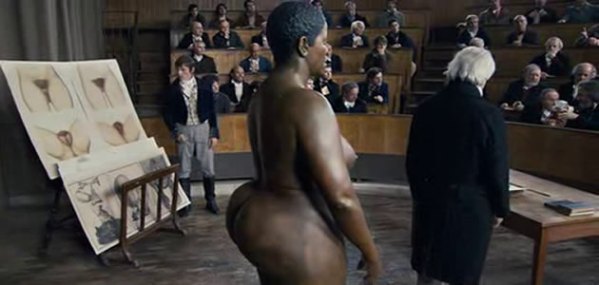Community news. When though did things change? The European enslavement of Africans played a major role in the demise of women of African descent.
Stripped naked of clothes and dignity, African women were displayed as objects on the auction blocks, thus beginning the over exposure of their bodies in the public arena. On the plantations, she was brutalised and raped for profit and for pleasure.
There was no legislation against such treatment and such deviant acts were legitimised by the ideology that African girls and women were immoral and promiscuous and that European women were full of virtue and were to be venerated as such.
This was predominantly the case in the United States. Although African-American women were sexually assaulted on a daily basis, they were given the reputation of seductress; white men believed it was a favour on their part to rape them in order to satisfy the women’s insatiable sexual appetite.
Moreover, while white men could rape African women with impunity, African men were stereotyped as licentious and dangerous to white women and the law made it clear that any man of African descent who so much as looked at a white woman suffered mob violence in the form of lynching.
Another part in the dehumanization process of the African woman took place on the stage in 1810. Saartjie Baartman (Sarah Baartman) arrived in England with Hendrick Cesar after her father and betrothed were killed in a colonial war. Her Dutch owner saw her as a means to gain income after his family experienced hardship in South Africa.
Europeans at that time held a morbid fascination with the “Dark Continent” otherness and to them, she symbolised ugliness, exotica and a heightened, untamed sexuality.
She was renamed the “Hottentot Venus” and displayed as a freak where she was paraded around in shows, and bars nude and semi-nude while being made to dance and sing.
She immediately became an object of curiosity based on the shape of her buttocks, her elongated labia, and the colour of her skin. Her genetic features shaped the way the African female body was regarded and her buttocks became the focal point associated with deviant sexuality.
During the 19th century, scientific racism placed the human race into categories based mainly on colour and physical attributes. In addition, scientific theories were formulated labelling African women’s bodies and their sexuality as unnatural.
After her death in France in 1815, doctors and scientists drew anatomical pictures of her genitalia and sculpted moulds of her body. Afterwards, her brains and sexual organs were dissected and displayed as museum showpieces until the mid 1970s. Click here for Part I. Cover photo courtesy www.ifc.com





